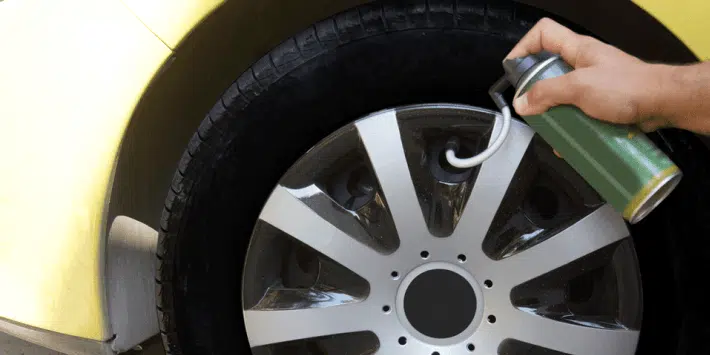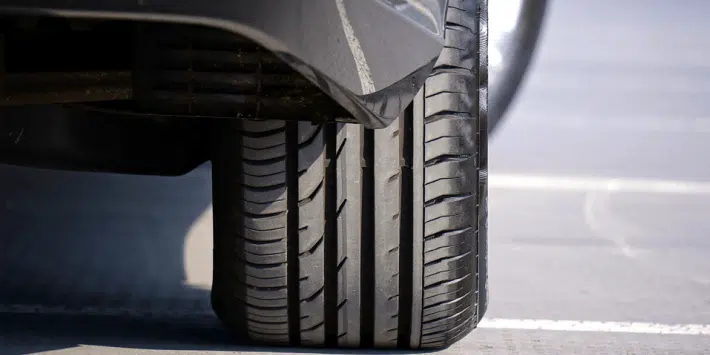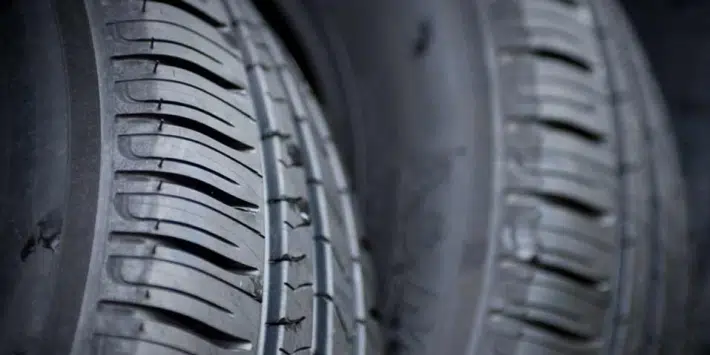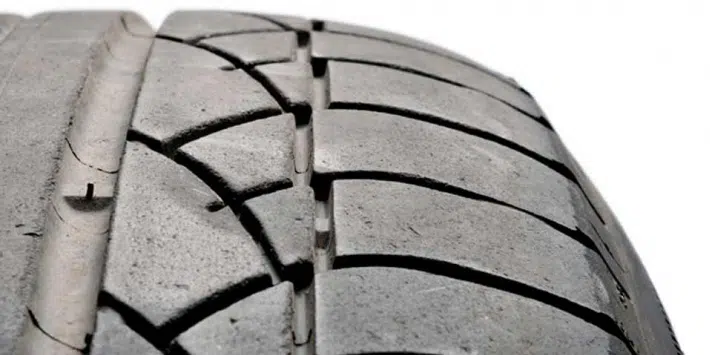How old and dangerous are your tyres? Did you know that the condition of the rubber has a direct impact on the safety of your vehicle. Find out how to assess and also slow down the ageing of your tyre rubber.
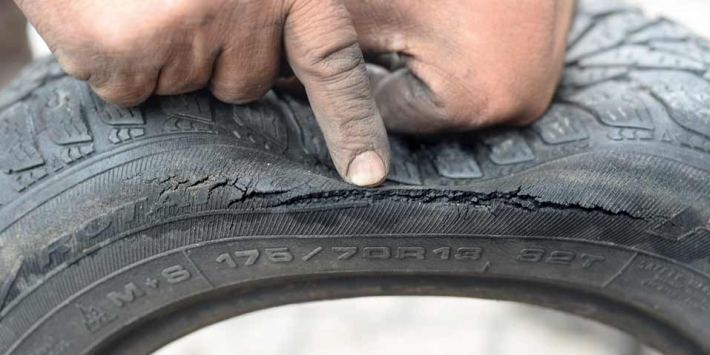
What is the difference between tyre wear and tyre age?
Wear is part of a tyre’s life cycle and is related to the tread depth. New tyres have a deep tread which wears down over the miles. When the tread depth reaches the level of the tread wear indicator bar (located at the bottom of the tread grooves) this means the tyre needs to be replaced.
The ageing of your tyres is not necessarily related to their level of wear, but rather how old they are and above all, the condition of the rubber. Rubber is a material that is susceptible to change over time.
Tyre age
Whether used or stored, the lifespan of a tyre is about 10 years. During its lifecycle, the rubber deteriorates more or less quickly depending on the following factors:
- Weather conditions: Very cold or very hot temperatures are more demanding on tyres than stable conditions.
- Storage conditions: The degree of humidity, light, temperature, exposure to solvents and the storage method are some of the criteria that can have a direct impact on the lifespan of tyres.
- Use: How you use your tyres will obviously have an impact on how long they last, whether it’s your driving style, the load your vehicle carries, or compliance with the recommended tyre pressures.
Tyres more than 5 years old should be checked every year by a professional. At 10 years old, tyres should be replaced (even if the tread depth is still sufficient). How do you find the date a tyre was manufactured? That is very simple: just check the DOT marking stamped on the tyre’s sidewall. Also, don’t forget to check your spare wheel!
How to spot the signs of tyre ageing?
To determine whether your tyres are too old, you just need to carry out a visual inspection. To do this, it’s important to be able to inspect the entire tyre (tread, sidewall and shoulders). Therefore, we recommend you remove one of your wheels.
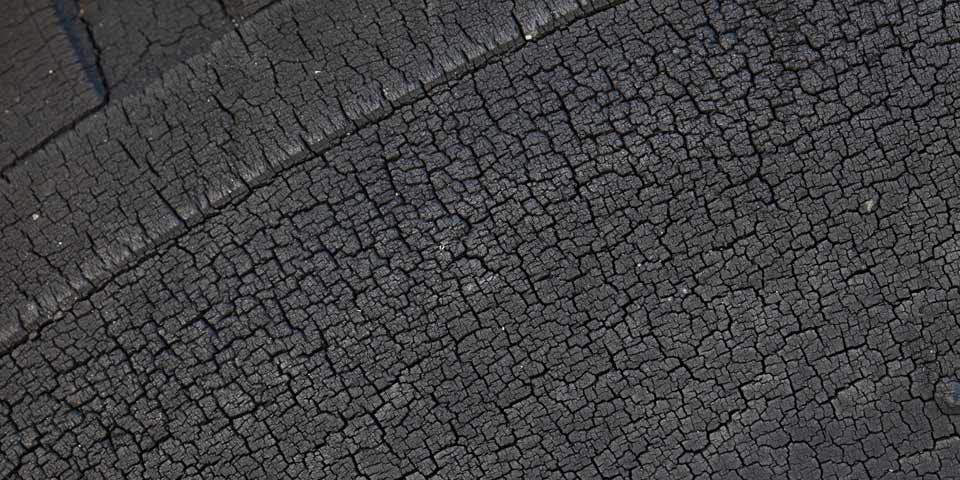
The symptoms that give an early warning are crazing or cracks which are generally the result of rubber that has become too hard.
What are the safety risks?
If you notice that your tyres are crazed or cracked, you should replace them as quickly as possible. These visible defects are the result of a weakened tyre structure which can lead to a tyre blowout. Also, with hard rubber, there is a real risk of losing grip, particularly on wet roads.
How to prevent premature ageing?
To ensure the longest life possible for your tyres, we recommend you follow these rules:
- Make sure you have a suitable, well ventilated storage area at a stable temperature for your tyres when you are not using them.
- Avoid leaving your vehicle parked for long periods in very sunny and windy areas (e.g. at the seaside).
- Follow load capacity and tyre pressure recommendations.

